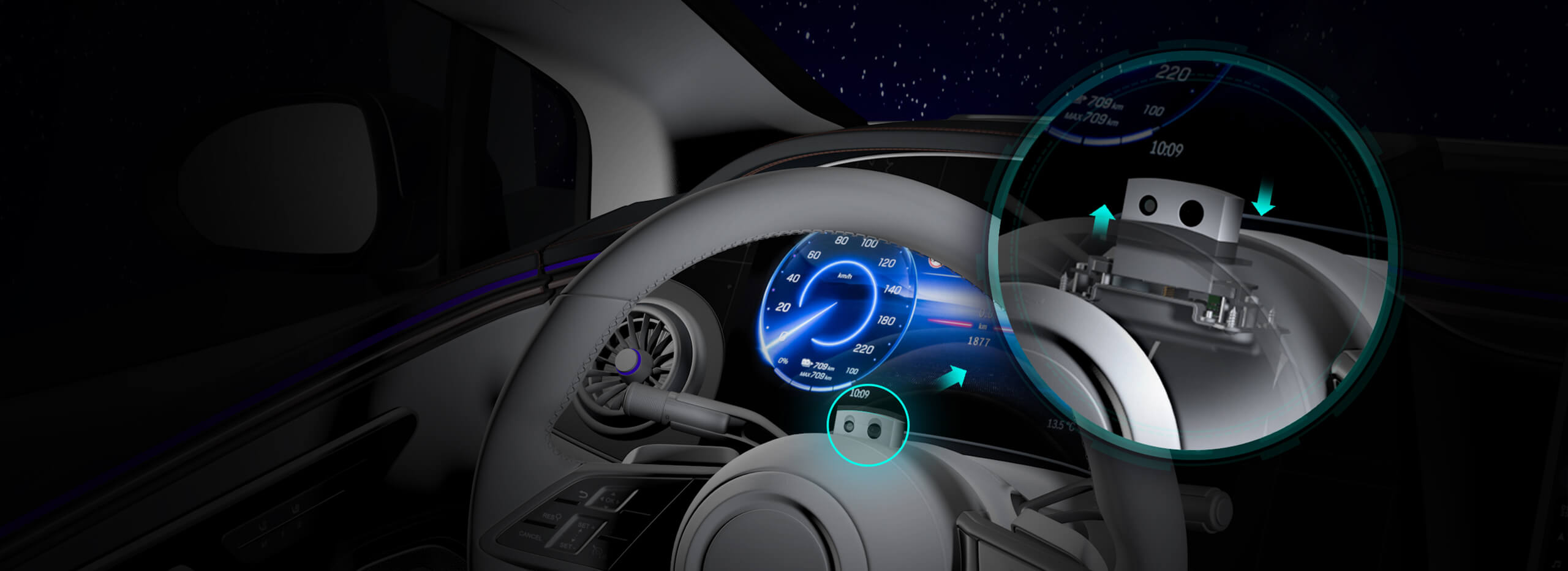In the rapidly evolving landscape of industrial automation, robotics, and precision engineering, servo motor controllers stand as foundational pillars. These devices—often unglamorous but absolutely critical—serve as the brains behind precise movement, positioning, and force control in a multitude of applications—from robotics arms assembling tiny electronics to large-scale CNC machines carving intricate parts. But as with any sophisticated technology, understanding the cost structure of servo motor controllers is key if you're aiming to optimize your investment or explore new design possibilities.

At first glance, the phrase "servo motor controller price" might seem straightforward—a simple number representing the cost of a device. However, beneath that number lies a complex web of factors influencing why some controllers cost a few hundred dollars while others run into thousands. For anyone involved in engineering, purchasing, or simply curious about how these controllers are priced, unpacking these factors can shed light on the value they provide and what you’re really paying for.
Let’s start by examining the core functionalities of a servo motor controller. Essentially, this device receives commands—often from a microcontroller or PLC—and then modulates power delivery to the motor to achieve the desired motion profile. Advanced controllers incorporate features like closed-loop feedback via encoders, sophisticated algorithms for error correction, and communication interfaces for integration into larger automated systems. Each of these functionalities impacts the manufacturing complexity and, consequently, the price.
One of the most significant determinants of servo controller pricing is the level of sophistication in feedback and control algorithms. For example, basic controllers that handle open-loop operation with simple PWM signals tend to be more affordable but are limited in precision. On the other hand, high-end controllers that incorporate double-loop (inner and outer loops) control, adaptive algorithms, and real-time diagnostics naturally incur higher costs. These features, however, unlock greater accuracy, responsiveness, and reliability—cornerstones in fields like aerospace, medical devices, and high-precision manufacturing.
Another major factor influencing the price is the input/output (I/O) capabilities. Controllers with extensive I/O options—multiple analog inputs, digital outputs, servo-specific interfaces—are more versatile and thus often more expensive. The complexity of the interfaces, as well as the standardization of communication protocols like EtherCAT, CANopen, or ProfiNet, also play a role. For industrial applications demanding seamless network integration, controllers with professional-grade communication modules tend to be at the higher end of the price spectrum.
The quality and brand reputation are also key when considering the cost of servo motor controllers. Established brands with a history of reliability, extensive after-sales support, and continuous software updates tend to command premium prices. Conversely, lesser-known or generic controllers might offer lower upfront costs but could lack longevity, support, or compatibility features that are critical in high-stakes applications.
Additionally, the build quality—such as thermal management, electromagnetic compatibility (EMC) standards, and ruggedness—can impact the price. Controllers designed to operate reliably in harsh environments—think extreme temperatures, vibrations, or contamination—will inherently include robust design elements that cost more. Whether it’s the use of specialized heat sinks, ruggedized enclosures, or industrial-grade components, these features contribute to the overall cost but are often vital for the longevity of the system.
Manufacturing scale and technological innovation also influence the typical price range. Larger production volumes tend to reduce costs due to economies of scale, meaning that widely-used controllers in mass-produced devices may be more affordable than specialized, niche models. Conversely, cutting-edge innovations—such as integration of AI-driven diagnostics or advanced motor commutation techniques—can push prices upward, reflecting their added value and technological complexity.
In summary, the price of servo motor controllers isn’t just a matter of sticker value; it reflects a combination of technological sophistication, manufacturing quality, brand reputation, and application-specific features. When evaluating the cost, it’s crucial to consider what functionalities are truly necessary for your project. Sometimes, investing a little more upfront into a high-quality, feature-rich controller can save significant costs in maintenance, downtime, and system performance down the line.
As we move into the next part, we’ll delve deeper into current market trends, pricing strategies from leading manufacturers, and how to choose the right controller based on your specific needs and budget constraints. Whether you're a hobbyist starting out or an industry professional, understanding these dynamics will empower you to make smarter purchasing decisions and harness the full potential of servo motor control technology.
Established in 2005, Kpower has been dedicated to a professional compact motion unit manufacturer, headquartered in Dongguan, Guangdong Province, China.




































